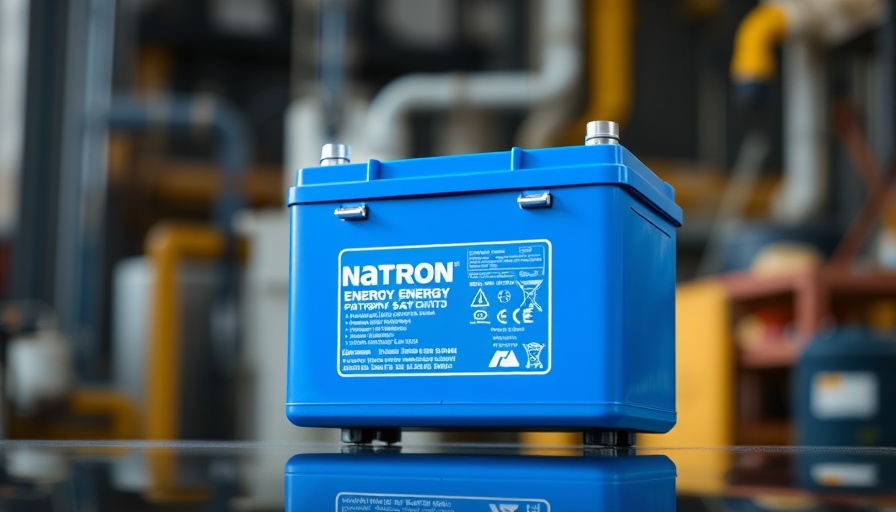
Understanding the Closure of Natron: A Sign of Bigger Trends
Natron’s recent liquidation has raised significant concerns about the readiness of the U.S. to produce its own batteries, particularly in the face of intense competition from established Asian manufacturers. The company's closure, amid an ambitious plan to establish a $1.4 billion sodium-ion battery factory in North Carolina, reflects the challenges domestic startups face when trying to break into a market dominated by firms with extensive supply chains and years of operational expertise.
The Cost of Certification Delays
Natron’s primary setback stemmed from a lengthy UL certification process, which delayed its ability to fulfill $25 million worth of orders. This highlights a critical pain point for battery manufacturers in the U.S.—the need for quick certifications and regulatory approvals. Such delays can stymie growth, leading investors to hesitate in providing additional funding, creating a vicious cycle of cash shortages and operational failures.
The Competitive Landscape: A Race Against Time
As Natron joins the ranks of failed battery ventures, including Powin and Northvolt, it underscores the U.S.'s struggle against low-cost production strategies overseas. With lithium prices collapsing in China, the groundwork for competitive pricing has shifted, putting domestic producers who depend on traditional materials at a distinct disadvantage. These scenarios depict a broader industry trend where maintaining cost efficiency is crucial for survival.
Long-Term Prospects for U.S. Battery Production
The question of whether the U.S. can succeed in building a robust domestic battery industry is not only about technology but also about sustained government support and strategic planning. Lasting initiatives, rather than stop-and-start policies, are essential if the U.S. aims to challenge the current giants in battery production. Strategies that foster strong local partnerships and investment in R&D will be critical to shaping the future landscape of battery manufacturing.
As the landscape continues to evolve, small and medium-sized businesses should stay informed about these developments. Understanding the dynamics of battery production may soon influence not only energy costs but also the competitiveness of advanced technologies across various sectors.
 Add Row
Add Row  Add
Add 










Write A Comment